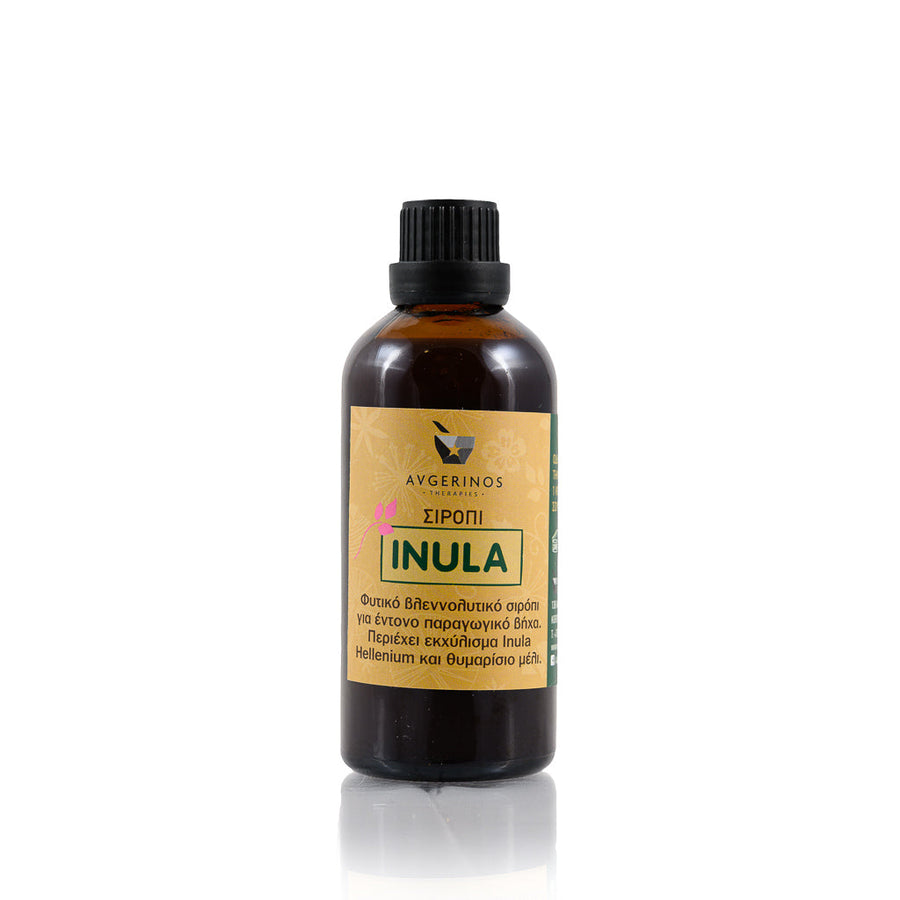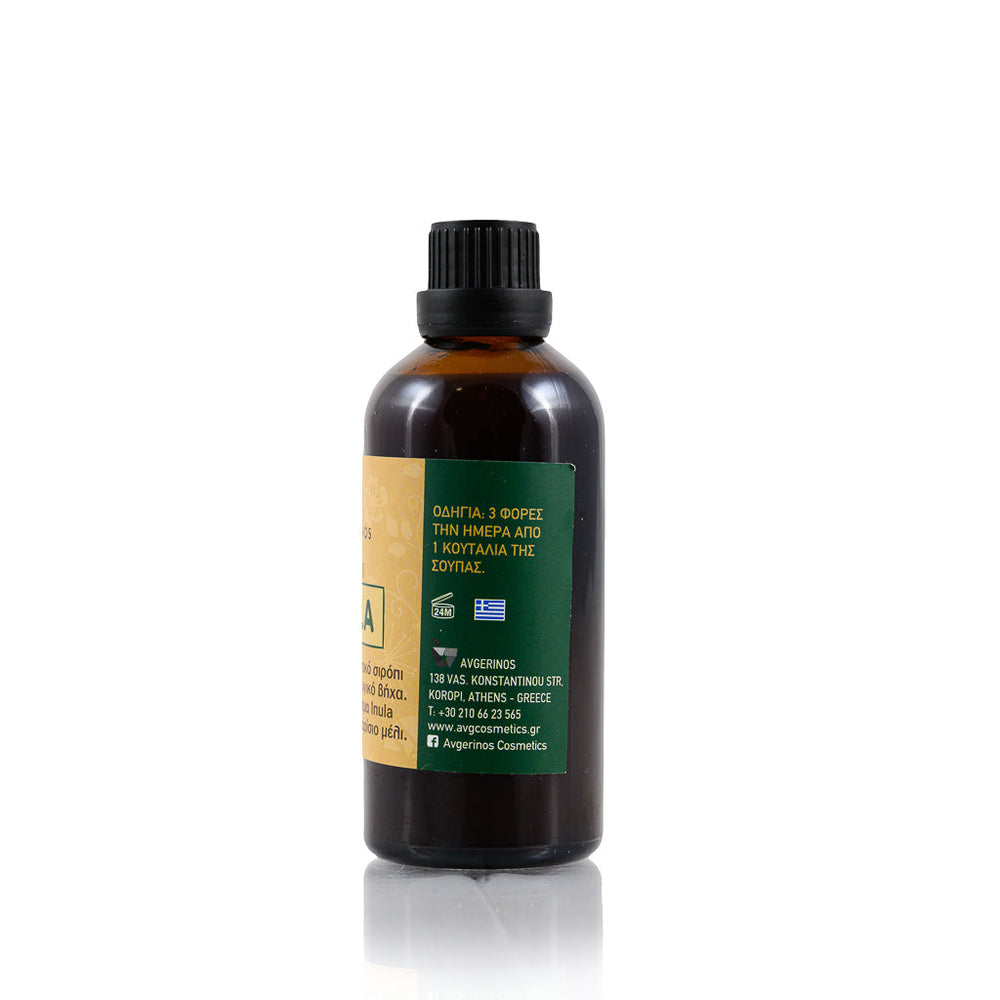The history of homeopathy!
Homeopathy is a natural method of treatment and while many believe it has been practiced for the last few decades, in reality the first references are in the distant past. In Greek antiquity, Hippocrates mentioned the "Law of similars", i.e. "like is like".
With this axiom, Hippocrates advocated treatment based on the administration of drugs capable of causing the same symptoms they are intended to treat.
Later in 1810 the German doctor, Samuel Hahnemann (1755-1843) will confirm the same law through the invention and foundation of the science of Homeopathy.
The name Homeopathy derives from the two words similar and passion, used by the German physician Hahnemann, to describe that if a substance can cause symptoms of a disease in healthy organisms, then the same substance will be able to cure the same symptoms in sick organisms.
Hahnemann studied medicine in Leipzig and Vienna, and very soon his practical experience as a physician brought him face to face with the uncertainty of the efficacy of medicines, after he found that they often harmed and worsened the health of patients rather than benefited them. This fact led him to leave medicine and as he himself said "...I can no longer remain connected to a technique which my logic and my conscience consider insufficient and harmful".
He then took up chemistry and for livelihood reasons started translating medical books on pharmacology - Materia Medica. Along the way in 1790 he undertook the translation of William Cullen's pharmacology, in which he read about the therapeutic properties of quinine (a substance found in cinchona bark) in intermittent malarial fevers. Hahnemann wanting to ascertain the manner in which this cure was effected, made the experiment of taking a quantity of cinchona bark every day, just as it was mentioned in Cullen's book of pharmacology. After a while she developed symptoms similar to those accompanying intermittent fever such as palpitations, tremors, cold feet, fatigue and sleepiness. Beginning with this experience, he began to understand that healing can be achieved by administering drugs, which when taken by a healthy organism, manifest the same symptoms as those of diseases.
The experiments continued and this time he was not alone. Together with a group of like-minded doctors, they began recording the symptoms of the different substances they were taking and studying the new treatment method. He then gave patients drugs that caused symptoms similar to their disease and the positive results
they gave an impetus to the evolutionary course of his research. Hahnemann noticed that some patients, as soon as they received the drug before their body started the healing mechanism, experienced a temporary worsening of symptoms. This fact prompted him to reduce the doses and inspire the dynamization which is the fundamental law of
Homeopathy.
In the following years (1810) he publishes the book Organo t'ortologia therapeutic art, in which he develops the basic principles of the Homeopathic system, and in 1828 he publishes his new book "Chronic diseases, their nature and homeopathic treatment".
As the history of Homeopathy unfolds over time, the American Constantine Hering (1800-1880) continued in the footsteps of the originator of Homeopathy and after the death of Hahnemann (1843) through his personal experience, he expanded homeopathic pharmacology, introducing new medicines and writing many books. He was instrumental in establishing Homeopathy as a reliable healing method and formulated the law of direction of healing explaining that:
- from the center to the periphery
- from the most important organs to the least important ones
- from top to bottom
- in the opposite chronological order to which they had originally appeared".
During the same period, another important figure who was instrumental in the rise and establishment of Homeopathy along with Hering in America, was James Tyler Kent. Kent (1849-1916) studied and practiced homeopathy, wrote the Repertory, which is included in the theoretical training of Homeopathic symptomatology, and carried forward the work of Hahnemann and Hering by using the greatest potencies so as to bring about the permanent cure of patient.
Hahnemann was a great researcher and his work was based on his genuine desire, as a physician, to contribute to the treatment of the patient without harming him. Together with his worthy successors, Hering and Kent managed to establish Homeopathy as an effective holistic healing system that does not aim to suppress the symptoms of disease but to heal people.









Leave a comment